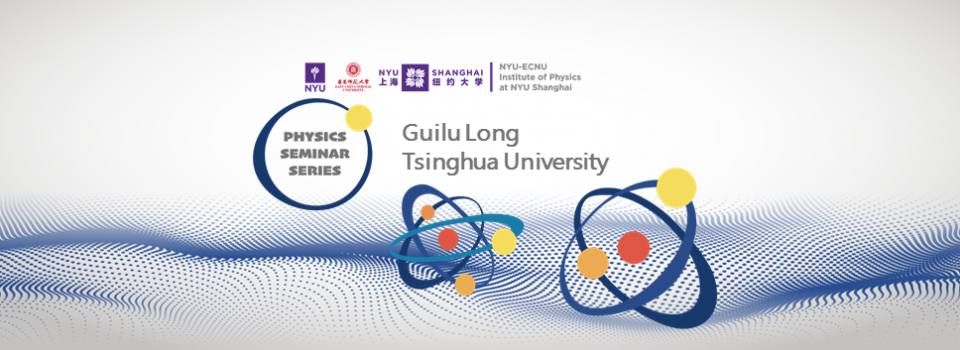
Abstract:
Quantum secure direct communication (QSDC) is one branch of quantum cryptography. In QSDC, secret message is sent directly over a quantum channel securely. This is possible due to the use of block data transmission technique. QSDC offers higher security in transmission. The information is transmitted instantaneously in the quantum channel in QSDC. In addition to security in transmission, QSDC also provides user site security. QSDC is also a powerful basic quantum communication primitive to build other quantum communication protocols such as quantum bidding, quantum signature and quantum dialogue and so on. In this talk, I will briefly introduce the basic ideas of QSDC, some typical QSDC protocols, QSDC in a noisy and lossy environment, experimental development of QSDC. In particular, I will emphasize that QSDC is well within the current technology. Future perspective is also given toward the end of the talk.
Work supported by China National Natural Science Foundation, the Ministry of Science and Technology of China.
Biography:
Professor Gui-Lu Long, Tsinghua University, IoP (UK) and APS (US) fellows, President of Associations of Asian Pacific Physical Societies, vice-chair of C13 of IUPAP (2015-2017). He was a research fellow in the University of Sussex(1989-1993). He proposed the first quantum secure direct communication (QSDC) protocol, and made founding contribution to QSDC. He constructed the optimal quantum exact search algorithm, which was sometimes called Grover/Long algorithm. He proposed duality quantum computing formalism in 2005 that admits linear combinations of unitaries for quantum algorithms. He and collaborators fabricated world’s first all-optical diode using coupled PT symmetric optical micro-cavities. He performed the first nonadiabatic holonomic quantum computing in NMR system. He is the Editor-in-Chief, Quantum Engineering(Wiley). He publishes over 300 papers and has over 14000 citations.
Seminar by the NYU-ECNU Institute of Physics at NYU Shanghai


